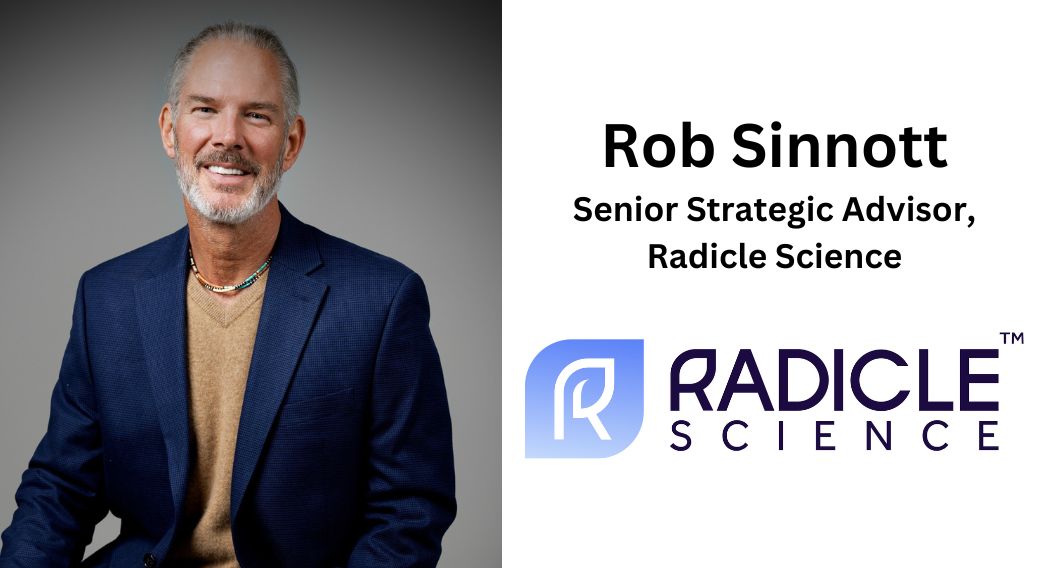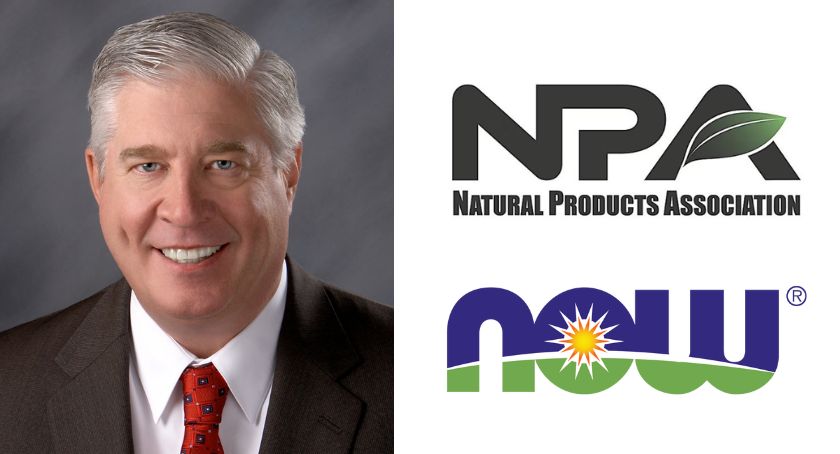Global consciousness relating to sustainability and greener social responsibility is at an all-time high. Given the plethora of corporate social responsibility (CSR) and sustainability initiatives in today’s marketplace, one would think that American consumers would give more credit to the effort, especially considering how expensive some of these endeavors can be. However a recent study from Bellevue, WA-based Hartman Group found that there is a gap existing between Americans and the environmental, social and cause-related efforts of most corporations. The study, “Marketing Sustainability 2010: Bridging the Gap Between Consumers and Companies,” examined the degree of loyalty and commitment consumers have for companies, brands and products that are perceived to be sustainable.
“We’re seeing a broad gap in the way consumers and companies think about and approach sustainability,” said Laurie Demeritt, Hartman Group president & COO. “That very few consumers today can name a sustainable company underscores the fact that so many CSR and sustainability activities go relatively unnoticed by consumers.”
The report identified an unusual dichotomy: 15% more consumers are now aware of the term “sustainability” compared to three years ago (69% in 2010 say they are familiar with “sustainability” versus 54% in 2007), but only one in five consumers (21%) could identify a sustainable product and even fewer, 12%, could name specific companies as “sustainable.”
Could it be that CSR has become an expectation? Not exactly, said Hartman Group’s David Wright. “We still find a majority of consumers unfamiliar with the term sustainability itself, yet they’re familiar with the huge, yet fragmented range of products, behaviors or causes that might link to the term sustainability from a macro perspective,” he said. “Consumers today have little to no ability to point to significant details regarding brands or companies that might have a sustainability halo.”
He went on to say that green behaviors such as recycling and purchasing organic food, energy saving devices or alternative household cleaners all lead to sustainability as mainstream elements of sustainable life at the household level—which indicated that consumers are most aware of sustainability as it relates to personal and/or community relevance.
Dietary supplements and functional foods—sometimes termed “sustainable foods”—proved to be a primary entry point for consumers entering into sustainable lifestyles. “Functional foods themselves are complex because we have determined that within them, the less ‘scientific’ the better; thus if we were talking about sustainable versions of functional foods that are most relevant to consumers (e.g., energy bars or organic yogurt with probiotics) what we see is that for the 49% of consumers inside the world of sustainability who buy yogurt, 26% say they’d pay a 20% premium for ‘sustainable’ versions of yogurt, and for the 35% who buy granola/nutrition/energy/cereal bars, 17% would pay the same premium for sustainable versions of functional bars,” Mr. Wright said.
Interestingly, among the 45% of consumers inside the world of sustainability who said they buy products for overall well-being (e.g., vitamins, nutritional supplements), Mr. Wright reported that a full 40% said they would pay 20% more for sustainable versions of wellness products like supplements.
“Within supplements, consumers identify quality, safety and extensive research and development as key attributes that ladder up to dimensions relating to sustainability. In food, when picking from numerous dimensions that might relate to sustainability, consumers focus on product quality and humane treatment of animals which in turn influence notions of fair trade, safety, health and employee practices,” he said. “Thus, within food, the assumption is that if a brand cares enough to produce high quality products, it may also care about other aspects of sustainability and is concerned about product safety, the safety of its workers, the environment or the humane treatment of animals.”
Corporate Impact
Generally speaking, the consumer’s ability to evaluate a company’s CSR also somewhat boiled down to personal and or social impact criteria. “[Consumers] talk about a model company treating its employees well, supporting communities it’s located in, or treating animals humanely,” Mr. Wright said. “We would group all of these potential corporate practices under ‘social’ with regard to our vision of sustainability, which is unique in that it’s grounded in the consumer perspective, where we view sustainability as composing the traditional ‘triple bottom line’ of economic, environmental and social actions, but also a fourth area, ‘personal benefit’—a component of the world of sustainability relating to how consumers perceive a company’s goods and services or actions as personally beneficial to themselves, their community or even the planet.”
Mr. Wright also observed that many consumers were inclined to judge a company’s CSR based purely on its environmental efforts, such as packaging or carbon reduction, energy saving achievements or operational alternative-energy enhancements made. In reality, the concept of sustainability influences companies today depending on many variables ranging from management, product and service lines, corporate strategy and even the geographic location of the companies.
“For quite some time, companies located in Europe, because of country-specific standards and norms, may have had more stringent sustainability standards, self-analysis and reporting stemming in part from their headquarters location, accompanying environmental standards in that country, and to some extent a longer history of consumer activism within what we’d call the ‘Core’ of sustainability,” commented Mr. Wright. “Take for example, Tesco and Sainsbury, which are both in the U.K. and recognized globally for their sustainability efforts as are Carrefour and to some extent Delhaize. L’Oreal, which is based in France, has extensive sustainability criteria built into its mission, which are in turn magnified by its subsidiaries like The Body Shop.
“Today, though,” he continued, “sustainability as an influence on corporate behavior, the retail environment and product development really doesn’t seem to be as geographically-driven—we only need to look at Walmart here in the U.S. or some of the large manufacturers like Procter & Gamble, to see how it’s becoming a global phenomenon.”
He pointed to the two leading examples of sustainability in the retail environment—The Body Shop and Whole Foods—and noted that they both create retail environments filled with cues that signal sustainability. “These would include selling products that consumers view as simultaneously providing personal benefit to them, while also potentially benefitting their community, a region or even planetary health,” Mr. Wright said. “Such perspectives equating products to personal, community or global benefit would depend on how actively consumers are involved within the world of sustainability—those at the ‘Core’ of sustainability may shop with all three of those characteristics in mind.”
From a corporate perspective, almost every annual “sustainability report” issued by a company today features a review of economic, environmental and social or community efforts. “Some companies, such as Safeway, will include employee health and wellness as part of its sustainability mission, and thus report on it, which is interesting since these sorts of narratives are one part of what consumers say influence them to also believe that a company is ‘sustainable,’” said Mr. Wright. “Results from our 2010 sustainability study show that in today’s uncertain economic climate, consumers are attributing sustainability to brands and companies they perceive as ‘good guys’ or good neighbors who follow the ‘Golden Rule’: Treat others as you would like others to treat you. At the personal and household level, they are looking for brands and companies they can depend on to keep their families safe and healthy (personal), their neighborhoods clean and healthy (environmental), which participate in local activities and the social well-being of their community (social), and which contribute to the economic viability of the community (economic).”
He added that brands and companies that are best able to tap into this consumer desire for reciprocity (the Golden Rule) are more readily equated in the minds of consumers as sustainable. “While not commonly understood or discussed in CSR circles today, providing and communicating a workplace composed of happy, satisfied employees or stating a corporate mission concerned for animal welfare is what’s relevant to today’s consumers and are actions that have an excellent chance of bridging the sustainability gap,” he said. “So really, the social and community efforts of companies today need to be magnified. Efforts to ‘do the right thing’ in the social zone of sustainability influences consumers to believe that a company is doing things right in other zones (economic and environmental).”






















